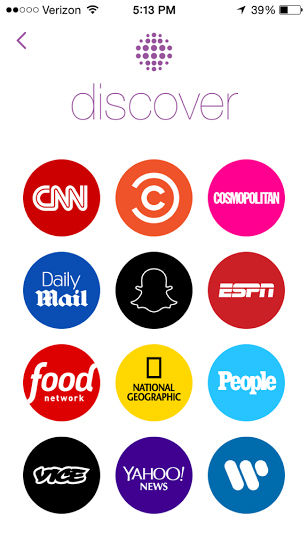Social apps positively influence with news content

The expansion of social media, like Snapchat’s new “Discover” feature, will be integral in expanding the social awareness of our generation.
February 4, 2015
Let’s face it, we’re college kids, which means much of our time is devoted to sending snaps, posting photos and tweeting. But what is it that we really get out of social media?
It seems as though social media apps are in a transition from simply providing a platform to correspond with friends and family to a tool that informs and educates its users.
Snapchat, an app for sending photos and videos to friends, recently debuted its new “Discover” feature. In addition to taking photos, users can now access a variety of new apps ranging from CNN, staying informed with the latest news, National Geographic and learning about animals and nature.
Facebook Paper is another prominent social media site that enables its readers to stay informed with its app. In addition to normal Facebook posts, the app, which reads like a newspaper or magazine, offers its “Headlines” section that features news from prominent news organizations. It also offers sections on sports, science, art and more to help educate its users.
But Snapchat is not alone in this sort of movement toward diversifying uses of social media. Twitter recently introduced its “While You Were Away” feature. This pulls a couple important or most popular tweets that were published after the last time a user checked the app and puts them at the top of his or her Twitter feed.
While this new feature may not always pull the breaking news or tweets with important information, depending on who the user follows, it will no doubt help more Twitter users stay informed because more and more news outlets, reporters and even regular citizens are using the app to report and share information, especially breaking news.
This improvement on these media platforms, which have been by and large reserved for free time and personal activity sharing, will exponentially increase the societal awareness and social consciousness of our generation, which the average individual spends more than 14 hours per week interacting with their smartphones.
Essentially, this advance will mean that millennials no longer have to go searching for the news as it is increasingly being made available to us on platforms that we are already familiar with.
This step will not bring young adults entirely into the fold of mainstream news organizations, but after seeing the top five stories of the day from CNN, they may be more inclined to pursue further information from the same or even various other news outlets.
Providing more tools for the public to stay informed — especially through accessible and already popular outlets — will only lead to a more educated world around us.






